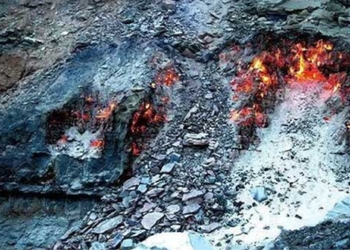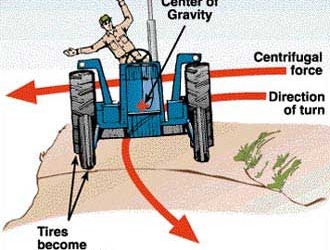On the land of ancient Egypt, the pyramids stand tall like giants, showcasing the grandeur and mystery of this ancient civilization.
People have always speculated and offered endless interpretations about the structures formed by these massive stone blocks. Some believe they are tombs used to bury the Pharaohs, memorializing the emperors of the past; others think the pyramids are relics of extraterrestrials and evidence of their contact with Earth.
But when Nikola Tesla turned his attention to these monumental structures, he saw an entirely different possibility.
Tesla was a genius scientist and inventor, his mind filled with imagination and limitless creativity. He became obsessed with studying the pyramids for many years, firmly believing that these ancient architectural wonders concealed unknown powers. His belief ultimately led to an astonishing discovery: the pyramids are, in fact, gigantic power plants.

Nikola Tesla, the famous inventor, held a special belief about the Egyptian pyramids. He stated: “The pyramid is not merely a tomb; it is a huge energy machine; the pyramid has the ability to absorb energy from the universe and transmit that energy to other areas; the pyramid’s structure contains the scientific secrets and advanced knowledge of ancient Egyptians.”
In ancient Egypt, thousands of years ago, the Egyptians embarked on a grand project: building a pyramid that could stand forever.
Using primitive copper tools, the Egyptians meticulously quarried massive stones, each block carefully selected, then used wooden wedges and the power of water to build each piece into the foundations of future pyramids. These stones were mined deep underground, and after countless transportations and processing, they were finally moved to the pyramid construction site.
According to historians, the Egyptians employed superior engineering technology and organizational skills in building the pyramids in Egypt. They were not only adept in geometry and mathematics but also skilled in applying simple mechanical principles. Archaeologists have discovered that the Egyptians used wooden wedges and the power of water to separate the stone blocks, a method widely used in engineering at that time.
The appearance of the pyramids is both solemn and spectacular, with stones stacked like a bridge connecting the earth and the sky. Historians note that during the construction of the pyramids, the Egyptians utilized a large workforce and technical means, including tools like ramps and wooden sledges to transport the massive stones to the construction site.
The interior of the pyramid was even more carefully designed, featuring complex passageways and an indoor layout resembling a giant maze. According to studies by archaeologists, the burial chambers inside the pyramids were adorned with precious cultural artifacts and funerary items, bringing eternal glory to the Pharaohs of Egypt.
As time passed, the pyramids remained steadfast, witnessing the changes of history and the shifting tides of time.
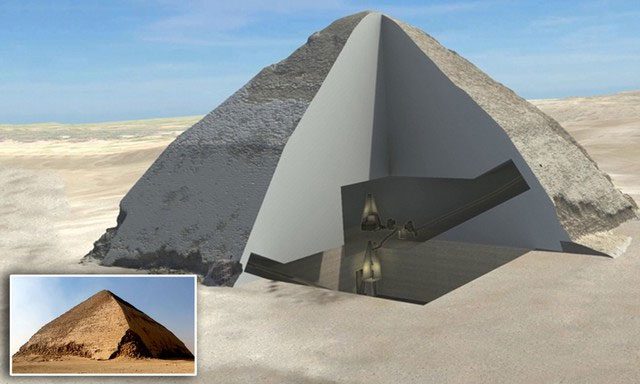
Tesla spent considerable time researching the pyramids. He traveled to Egypt to directly survey the Giza pyramids, conducting numerous experiments to test his theories about pyramid energy. He even designed a tower modeled after the pyramid, known as the Tesla Tower, to harvest energy.
In his quest, Tesla delved deeply into the mysteries of ancient Egyptian civilization. To him, the ancient Egyptian pyramids were not just gigantic stone buildings but colossal energy devices. He was fascinated by these ancient architectural marvels and believed they served a purpose far beyond merely memorializing rulers or interring the dead.
At that time, the scientific community was filled with skepticism and mocked Tesla’s theories. However, he remained undeterred and persevered in his research. He believed that the energy contained within the ancient Egyptian pyramids was part of human civilization and an enigmatic force from the universe that humanity could harness.
Tesla spent years gathering data and observations, striving to understand how the pyramids operated. He believed that the arrangement of the stones and the shape of the pyramids not only aimed to stabilize the architecture but perhaps also to capture and concentrate cosmic energy.

Tesla believed that the stones inside the pyramid directly absorbed and transformed energy into usable electricity.
In 1905, Tesla filed a patent describing his pyramid-shaped energy harvesting theory. He believed that the stones inside the pyramids directly absorbed and transformed energy into usable electricity by altering the structure of the surrounding magnetic field.
Although Tesla’s ideas at the time were deemed overly bold and impractical, he remained firmly convinced of his theory. He always dreamed of using the Earth’s magnetic field to generate electricity, believing that the Earth’s natural power could provide an endless energy source for humanity.
The construction of the pyramids required significant manpower and resources, yet their colossal size and unique structure sparked curiosity among people. Tesla’s research indicated that the stones inside the pyramids were rich in metallic elements, which could influence the Earth’s magnetic field, thereby generating energy.
Moreover, some archaeological discoveries have revealed that there are structures similar to simple batteries hidden within the pyramids, further deepening human speculation about the true purpose of the pyramids. Perhaps the pyramids are not merely grand edifices, but they may also facilitate the discovery and utilization of energy by ancient humans.
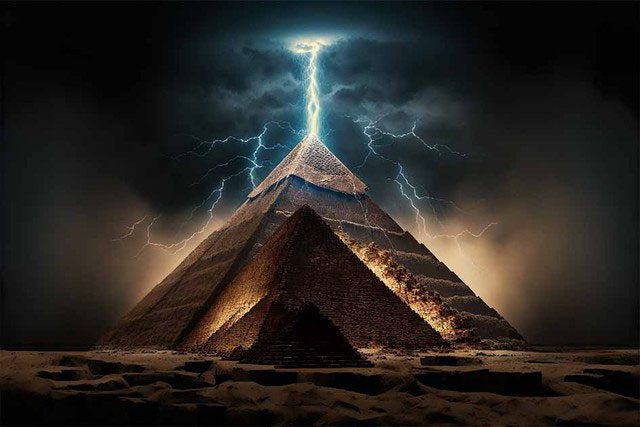
Tesla’s views on the Egyptian pyramids remain controversial due to the lack of scientific evidence supporting the pyramid energy hypothesis. Many scientists argue that the pyramids are simply tombs. Some even believe that Tesla’s beliefs stemmed from his obsession with the pyramids.
In ancient Egypt, people lived in harmony with nature, relying on the sun, the Nile River, and the winds to meet their daily needs.
The Egyptians were acutely aware of the power of nature, revering the sun god and viewing the Nile River as the source of life. In this belief and lifestyle, electricity was not considered a necessary or valuable resource. They relied on traditional methods, using human labor and simple machinery to complete their work.
Furthermore, the social structure and cultural notions of ancient Egypt did not promote the development of electricity. Their focus was more on agriculture, architecture, and religious activities rather than technological innovation. Thus, even if something akin to electricity could be developed, there would not be enough motivation or interest to bring it to fruition.
On the long Egyptian desert, the pyramids stand amidst the flowing river of history like a time vessel, slowly moving forward carrying ancient memories. These ancient structures have long been regarded as tombs for the pharaohs and as the eternal resting places for their souls.
However, in recent years, some scholars have begun to question this traditional notion. Archaeologists have discovered a substantial number of housing and tools for workers near the pyramids, suggesting that the pyramid builders were not slaves but rather organized laborers.
These workers had relatively good living conditions while constructing the pyramids and their wages were considered significant. This discovery has overturned the long-standing notion of the pyramid construction process as a product of slavery.
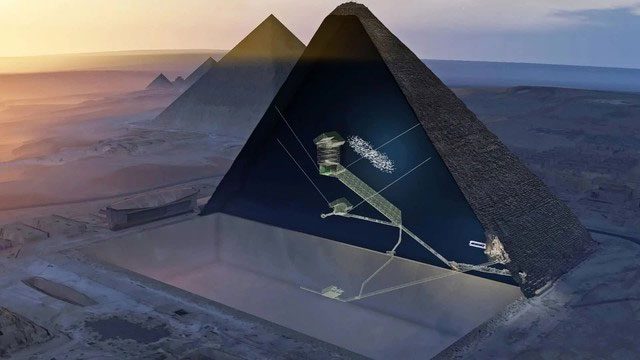
Illustration depicting the internal structure of the pyramid.
Further research shows that most of these workers were farmers from Egypt, employed during the non-agricultural season to make the most of their idle labor during this time. Such arrangements not only improved the construction efficiency of the country but also provided farmers with an additional source of income.
Moreover, the tools and techniques used in the construction of the pyramids are sufficient to demonstrate that this was a grand and complex undertaking. The transportation, handling, and installation of stone all required precise planning and coordination, reflecting a high level of construction engineering by the ancient Egyptians.
Nonetheless, it cannot be denied that the Egyptian pyramids are a magnificent architectural achievement shrouded in many secrets. Tesla’s belief in the pyramids has sparked curiosity and a passion for exploration among many.








































